#the ability to rearrange apps around your wallpaper
Explore tagged Tumblr posts
Text
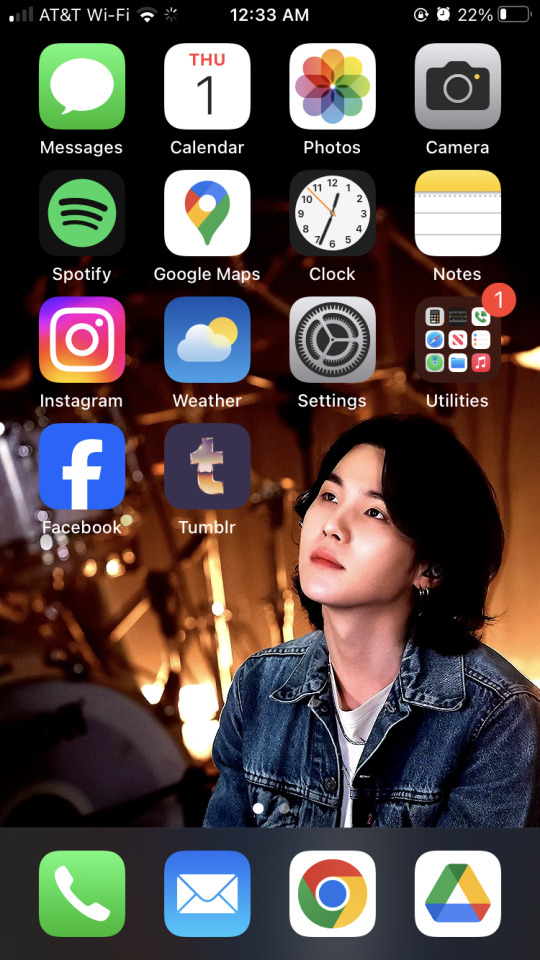
Because I enjoy experiencing a crisis every single time I unlock my phone…
#she speaks#I moved two apps to another page so I needed a new wallpaper to fill the space#and well#he looks really good in this photo okay#that is the one thing I’d prefer about having an android#the ability to rearrange apps around your wallpaper#but— and I’m so sorry yoongi— I like my iPhone 😅
2 notes
·
View notes
Text
Detailed Review Samsung Galaxy S7: The Perfect Accessory
Try to close your eyes and imagine the Samsung Galaxy S6, and in addition to the details, you think the S6 is missing to become a perfect smartphone. Then try to compare that with Samsung Galaxy S7. How do you feel?
Samsung Galaxy S6 is Samsung's answer to criticism from users that the design of the S line is not as high as the price and segment that Samsung is targeting. But are you satisfied with a high-end model with dual-sided metal bezel, but cannot expand the memory card, battery replacement and resilience as it appeared on Samsung Galaxy S5?
If you have questions, then Samsung has answers to help you. The Galaxy S7 comes with a microSD port back and water resistant, although it still has a lithium-ion battery that cannot be replaced (maybe the later Galaxy S models, too). Very generous regarding battery life for this new generation.

Samsung's flagship models are always at the forefront of photography, and the camera on their smartphones is usually among the best in the market. But this time around, Samsung has chosen a direction, which just seems to be a step backward for the camera: reducing the number of megapixels, but increasing the pixel size, with 12 million pixels with focus. In phase. The company promised S7's ultra-fast focusing speed, and the fact proved it.
The AMOLED screen has long ago torn down prejudice that is too flattering to the eye without the honesty, coupled with the best blend of color and color accuracy.
Outstanding features on the S7 Galas:
• Two high-end glass design, solid aluminum frame.
• 5.1 "Super AMOLED, QHD resolution (1140x2560), up to 577 ppi with Corning Gorilla Glass 4.
• Exynos 8890 processor with quad-speed 2.6 GHz Mongoose + 4-core power consumption 1.6
GHz Cortex-A53, graphics chip Mali-T880 MP12 GPU.
• Or a Snapdragon 820 processor with two 2.15 GHz Kryo cores and two 1.6 GHz Kryo cores, an
Adreno 530 GPU graphics chip.
• 4GB of RAM; 32GB / 64GB internal memory, microSD support up to 200GB.
• Android 6.0.1 Marshmallow operating system with the TouchWiz interface and Samsung Pay.
• Camera after 12MP, f / 1.7 aperture, 1.4micron pixel size, phase shift on each pixel, 4K video recording, LED flash, built-in anti-vibration.
• 5MP front camera, f / 1.7 aperture, QHD movie recording, HDR shooting.
• Ability to eliminate noise during recording.
• Fingerprint Sensor.
• Supports LTE Cat.9, Wi-Fi a / b / g / n / ac, GPS / GLONASS / Beidou, NFC, IR port, Bluetooth 4.2, ANT +
• 3,000mAh battery, support for fast charging and wireless charging (Qi / PMA standard).
DESIGN
After five generations of loyalty to the lesser plush plastic design and receiving a lot of complaints from users and tech specialists, Samsung flagships have always been thought of as unmatched in price and value. High grade.
And Samsung responded to that prediction with the launch of the Galaxy S6 / S6 Edge last year with its high-end design with aluminum bezel and dual-sided glass, this philosophy is still maintained on the Galaxy S6 Edge + and continues to be. Perfect on the Galaxy Note 5. And of course, Galaxy S7 also carry a similar design with a few minor changes.
On the front, the glass enclosure Gorilla Glass 4 has been slanted lightly on both sides of the machine. This is a small change that you can easily ignore if not thoroughly reviewed but once you recognize, you will appreciate this new details on the design of Samsung.
The return of the IP68 standard is a remarkable change over the predecessor S6; the Galaxy S7 can withstand 30 minutes underwater at a depth of 1.5m, allowing users to peace of mind using the lips. Wet field. With the IP68 standard, Samsung's new model also has good dust resistance.
On the front, the Galaxy S7 is almost identical to Samsung Galaxy S6 with the front camera, proximity sensor, light sensor and speakerphone. As with the S6, the S7 is equipped with a notification LED on the left side of the speakerphone - a cut feature on the A series.
The physical Home button, an icon on Samsung's smartphone line, also has some minor changes. If the Home button appears more rounded on the S6, on the S7, the Home button takes the shape of a rectangular rounded corner.
And of course, the Home button on the S7 still comes with a fingerprint sensor that works as a hold button to open the phone. Because it's not a one-touch sensor, you cannot ignore the brightness, which you need to get used to if you're using smartphones from some Chinese carriers or new Nexus devices. To buy Galaxy S7.
On the back side, the Galaxy S7 inherits softly curved bundles from the Galaxy Note 5 that cover up the increased thickness of the machine. Samsung also said the rear camera on the Galaxy S7 only protruding 0.46mm against the back, which may be the reason Samsung expanded the size of the camera by 1.1mm. The camera is centered with a flash, and the heart rate sensor is on the right side, overall there is almost no change to the arrangement on the S6.
Sim slot is also a MicroSD memory card slot is placed on top of the machine. Version S7 1 SIM supports one nano-SIM and 1 MicroSD card while the 2 SIM version supports two nano SIM or 1 nano SIM and 1 MicroSD card. There is also an extra mic on the top of the machine along with the lack of infrared ports, and may not appear again on future Samsung devices.
At the bottom of the phone, we have a micro USB 2.0 port (not USB Type-C as you expect), speakerphone and 3.5mm headphone jack. The right side is where the power button is located, with the left side of the two buttons to increase or decrease the volume. A Samsung-style crucial physical system layout with the high-end finish, similar to other top-of-the-range products. The rim of the handset is the same as Samsung Galaxy Note5, only slightly different in size.
Feeling the Galaxy S7 on hand is very solid, although the machine is heavier but does not affect the handling experience compared to the previous model. Despite the dual-sided design, the Galaxy S7 does not provide a slippery feel, yet it fits very well with fingerprints.
SCREEN
Still 5.1 inches, but was a lot better. Over the course of three generations, the flagship Galaxy S uses a 5.1-inch screen and the Galaxy S7 QHD resolution (1440 x 2560) is maintained. The pixel matrices are arranged in the form of Diamond Pentile, which means that the green pixels are twice as large as the other colored pixels.
It's great that Samsung has increased its maximum brightness on the S7's screen compared to the S6. But it's still a bit lower than the S6 when it's in the sun and lets it automatically adjust the brightness.
The lowest brightness of the screen is 2.1 nit, which is excellent for reading or reading at night. The color of the Galaxy S7 is very honest if you are in Basic display mode. The other methods make the screen more flattering but at the same time lose the accuracy. Maximum color deviation (DeltaE) is 2.3 and average is at 1.7.
BATTERY LIFE
Samsung Galaxy S7 is equipped with a battery capacity of 3000mAh, a significant increase compared to the number of 2550mAh in the Galaxy S6. Although not replaceable, at least Samsung has increased the ability of the battery for users. Plus, the S7's charging speed is fast, although it only supports Quick Charge 2.0, instead of the latest 3.0. Samsung promises that loading time from 0 to 100% takes just 90 minutes.
Like last year's flagship models, the Galaxy S7 also supports wireless charging with Qi or PMA charging devices. Samsung also offers users high-speed wireless charging, which promises twice as fast a charge as the cable.
Findmobileprice.com test shows that the battery life of the Galaxy S7 overtakes its predecessor with 23 hours of 3G talk time, nearly 15 hours of video playback, and 9 hours and 30 minutes of web surfing. S6 very much.
SOFTWARE
Samsung Galaxy S7 comes with the latest Android 6.0.1 from Google with its custom TouchWiz interface. And of course the user interface of the S7 shares much in common with other Samsung models and is very different from the pure Android interface.
The machine's lock screen includes a time widget with two quick settings for access to the camera or dialer and users can customize the widgets to their liking. The S7 also features a double-click on the Home button to open the Camera for fast-paced snapshots.
Fingerprint security is retained from the Galaxy S6; fingerprint sensor is not a touch type, so you need to open the screen before you can use the fingerprint to unlock the machine, it takes a little time. Compared to other manufacturers. However, the fingerprint sensor on S7 works very well. And if for some reason S7 does not recognize your fingerprint in 3 scans then you will need to use the password set beforehand, and if the sensor does not recognize your fingerprints more 2 Again, the device will automatically lock within 30 seconds.
The Galaxy S7 comes with a new feature, Always-On, which consumes about 1% of battery power per hour. Always-On external date time display can also be used to display some predefined wallpapers. Packages of the Always-On theme can also be downloaded easily from the store.
The S7's Homescreen also shares the TouchWiz interface as in other Samsung models, and the application can be arranged as 4x4, 4x5 or 5x5. Galaxy S7 also supports theme change throughout the system for users, in addition to a pre-installed theme, users have many other options from the Theme Store.
Applications in the app drawer are listed in alphabetical order or according to the user's liking; the application search feature is also integrated. Alternatively, you can also opt out of the app drawer and put all the icons on the main screen.
The notification area of the default machine has many customizations. Users can customize or rearrange the settings to suit their purpose.
Split-screen multitasking is also supported on the Galaxy S7, although the 5.1-inch is a bit small to use this feature conveniently. And only Samsung supported apps can work with Split-screen. Also, the application launcher as a window is also available for some applications.
The Galaxy S7 has some smart gestures such as flip the phone to turn off the phone, swipe to capture a screenshot, double-tap the Home button to access the camera or make a call.
PERFORMANCE
The Galaxy S7 comes in two different versions, a Snapdragon 820 version, and a version using Exynos 8890.
The performance test was carried out with the Exynos 8890, designed by Samsung itself with eight processor cores, four 2.6 GHz Mongoose and four 1.6 GHz Cortex-A53 power-saving cores. With the graphics chip Mali-T880 MP12 GPU. Although different regarding processor, both versions of S7 have 4GB of RAM; 32GB or 64GB of internal memory.
Galaxy S7 has the highest monolithic benchmark ever on Android machines. With four times the Mongoose clock can reach up to 2.6GHz, the performance of single-S7 is compelling but still behind the iPhone 6s.
Multi-core scores are even more impressive when the Galaxy S7 is the highest benchmark in GeekBench's multi-core test, far ahead of Android or yet the flagship product from Apple.
Comprehensive test with Antutu software gives us a broader view of the overall performance of the machine. And the Samsung Galaxy S7 once again took the lead with a score of around 130000, promising an excellent speed experience for the user.
On the graphics performance test, with the Mali-T880 GPU including 12 processor cores, the Galaxy S7 set a new record with 32345 points, followed by last year's flagship Samsung Galaxy S6 and devices. Was running another Snapdragon 810 chip.
Compared to the OpenGL ES 3.1 graphics point, GFXBench 3.1 Manhattan gives a perfect score for the Galaxy S7, almost unbelievably when the Galaxy S7 surpassed all of its flagships last year.
In conclusion, Samsung has continued to set a new standard for speed with the Galaxy S7. Along with outstanding CPU performance, a great graphics processing engine promises a monster of processing power.
CAMERA
Although we all know that the number of megapixels does not determine the quality of the camera, but with 12 MP on the S7 camera is apparently a "rebound" compared to 16MP on the flagship predecessor - Galaxy S6.
However, the pixel on the S7's camera is much larger than the S6 (1.4 micro vs 1.12 micron), the larger aperture (f1.7 vs f1.9) means better exposure, more focus points phase (12-million-pixel focus, very impressive) and retain the optical image stabilization system from S6 brother. The Galaxy S7 comes in two flavors: The Sony IMX260 and the Samsung self-made ISOCELL.
The camera angles of the S7 are not as wide as the S6, but they are much more vertical.
The camera still maintains the S6 with a combination of shooting and video capture. In there, the shutter button and the video button on one side and the quick customization on the other. Motion Photo features are quite similar to the Live photo on iPhone 6s and 6s plus, recording a 3s video and compressing it as a JPG file. But the limitation is that the image is only viewable in the form of Motion Picture on the Galaxy S7 / S7 Edge so that the sharing will be very limited.
Capture Mode Pro gives you the more customizable depth of field and the ability to adjust values such as shutter speed, exposure compensation, ISO sensitivity and white balance. Also, manual focus is also supported to help you master the camera in awkward or special shooting situations.
The camera of the Galaxy S7 produces images with very good quality and detail. Noise reduction is adjusted to handle interference in dark areas to provide a smooth overall picture. The reproducibility is almost the same as that of the S6.
The color reproduction is similar to the S6 when the picture has a vibrant color, which is appreciated by the general users. White balance works very well and accurately. The wide dynamic range, in high-contrast conditions, is usually handled to keep details of areas bright, leading to dark areas of detail that are considered to be a better direction than others.
Here are some shots were taken with the rear camera of S7:
S7 also supports HDR shooting; you can choose to turn on, off or in Auto mode. HDR shooting from the camera is very good at reconstructing and balancing details between bright areas and functional areas, giving a very natural image.
The lack of brightness is always considered one of the measures to judge the camera and S7 did not disappoint the user. When in low light conditions, the S7 produces sharp images and retains many details, resulting in better than its predecessor Galaxy S6. Some photos were taken in low light conditions by Galaxy S7:
Panorama capabilities of the S7 is impressive, giving the images with extremely high resolution and detail can be equal to the usual shot.
The 5MP front-facing camera is aimed at the high-end user segment, selfie shooting, aperture up to f1.7 and full-screen flash support. Image quality from the front camera is equivalent to the Galaxy S6. Pictures are good when in bright enough conditions, human skin color is reproduced in the real direction, but still with eyes. Fill flash with screen also helps you to selfie in low light conditions, a Samsung solution instead of equipping a flash for the front camera.
In terms of video recording capabilities, the Galaxy S7 supports 4K (2160p / 30fps), 1440p / 30fps, 1080p / 60fps, 1080p / 30fps and lower resolutions. We can even extract images with 8MP in 4K resolution video that retains the color retention compared to the photos taken from the back camera. The S7 also supports slow-motion shooting with 720p resolution with 240fps frame rate and Hyper lapse rotation. Videos from S7 are very smooth and detailed, but noise is still present in the dark. There is also a focus hunting phenomenon when recording 1080p / 60fps.
1 note
·
View note
Text
Android 9 Pie Features review
Here’s the story with every new version of Android, in a nutshell: it’s great, but you can really only get it on a phone that Google makes. Sometime next year, new phones by other companies will launch with it. The Android phone in your pocket might get it, maybe, but it’ll take longer than you want, and honestly, the new version isn’t that different, so you shouldn’t sweat it too much. Yes, fragmentation is an issue, but it’s better now than it used to be, thanks to Google’s ability to push some key updates out through the Google Play store instead of having to rely on full system updates. The story with Android 9 Pie isn’t radically different, but it changes some of those tried and true (and increasingly tired) lines a bit. For the first time, I’ve had a chance to test the official release of a new version of Android on a phone not made by Google, the Essential Phone. That’s a good sign. Although a few of the promised features aren’t shipping or are still in beta, I think this version of Android is good enough that users should demand the update for their phones. I’m not trying to organize a campaign to shake off our complacent acceptance of a terrible update status quo, but I am saying we should bring back a little bit of the old outrage at carriers, manufacturers, and Google itself. The many features in Android 9 Pie cohere into something that feels more polished than the last few versions of Android. There is a lot to like and fewer excuses than ever for updates not to come out for existing phones in a timely manner. We’ve been living with the same three-button core navigation system in Android for several years now, but with Pie, Google is finally giving a gesture-based interface a shot. It may not be the most important new feature in the OS, but it’s certainly the most prominent and the most divisive. Bear with me here because I’m going to overthink this, but I think it’s worth it because it illuminates a key point about Google’s design direction. The new system replaces the back, home, and multitasking buttons with a singular home button, gestures, and other buttons that appear on an as-needed basis. In theory, it will make future Android phones more accessible to users who are used to the iPhone X’s gesture system, and it also offers some benefits (swiping requires less accuracy than tapping). Overall, the new gesture system works, but it’s conceptually complicated.

To see what I mean, here’s a brief description of how gestures work: You swipe up once to get to an overview page. The Overview pane (aka your recently used apps) lets you swipe between apps or enable split-screen with a hidden menu on the app’s icon. On Pixel phones, you’ll also get an AI-driven list of suggested apps and a search bar. Swipe up again, and you’ll get to the app drawer with icons for all of your apps. You tap the home button to go home, or you can drag the home button to the right to quickly switch between apps in a screen that’s similar, but not identical, to the Overview screen. Along with all of this, the traditional Android back button will still show up from time to time next to the home button because Google hasn’t yet developed a gesture for “back.” It’s... a lot. I’m not against complication in principle when it comes to UX — I have faith in humanity’s ability to learn — but there’s no denying it takes some time to feel like you know your way around. The funny thing is, I think the negative reaction isn’t about how complicated gestures are. Instead, it’s about how they feel. As I’ve written before, switching to a primarily gesture-based navigation system is a risky move for Google, because those systems only feel good if they... feel good. Any “jank” in the animation or weirdness in the physics of moving elements on the screen will make a user feel unmoored and unhappy. The good news is that — at least on the Pixel 2 XL — Google finally got to a place where the animations work as they should, and the jank is gone. But the physics and ergonomics still feel a little off, especially if you’re used to the system on the iPhone X. (After a rockier beta, animations were also fine on the Essential Phone with the final version.) Where the iPhone’s gestures let you flow from one thing to the next with a single gesture, Android’s feel a little more staccato. As just one example, you theoretically have the option to do a long swipe up to get to the app drawer instead of a double swipe (once to the overview, once again to the drawer). But in practice, you have to do a loooong, loooong swipe to get it to work, which you’ll invariably get wrong, and the dock will give you a fussy little bounce in a futile attempt to indicate you should just double-swipe up. I’m overthinking all this in part because I don’t think Google thought it over enough. I would have jettisoned the long swipe and just encouraged people to double swipe. That would have the side effect of pushing people into the Overview screen more often, which would be a net good for Google. The app suggestions are very often exactly what I want and the swipe-tap motion to start a search is faster than any mobile search UX we’ve had, going on seven years (since, you guessed it, just typing on the physical keyboard of a webOS or BlackBerry phone). But, of course, that enhanced Overview screen is a Google-exclusive feature. Other phones, like the Essential phone, don’t have those Googley-bits at the bottom, they just have your app dock and no search bar. THE GESTURE SYSTEM IS AN OVERALL IMPROVEMENT, BUT IT NEEDS SOME TWEAKS With Pie, Google is leaving the buttons as the default navigation for current phones, and users will be able to switch back and forth from buttons to the gestures. Choices are nice, but offering them instead of just going with what you think is best often reveals a lack of confidence. As you can tell, I share what I sense is Google’s lack of confidence in the current system. Despite all this belaboring, I do prefer the gestures to the buttons! It’s a lot easier to just swipe up anywhere from the bottom of the phone, and I’ve used the copy-and-paste trick directly from the Overview screen a few times now. I just think they need a few more tweaks, and I suspect those will come in due time.
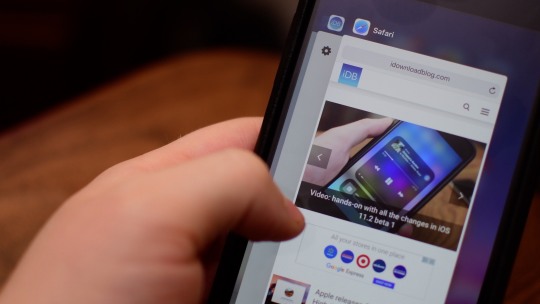
The new horizontal Overview / multitasking screen is the biggest visual change, but there are plenty of other nips and tucks around the interface. Nothing here will really feel alien to longtime Android users, it generally is just a bit more elegant. Android still maintains its lead in usable, manageable notifications. They have a slightly cleaner layout, and the entire notification panel has rounded corners. There are still multiple priority levels, grouping, an overflow area, and no distinction between what’s shown on the lock screen and notification panel. If you dismiss a notification from an app a lot, Android will eventually prompt you to just turn it off completely. The quick settings panel up top has been simplified (some would say oversimplified), requiring you to long-press to access more settings instead of giving you an in-menu dropdown button. As it does with literally every revision, Google has also adjusted the main settings screen. There are colorful icons for settings, and it’s more prominently adding suggested settings at the top more often than before. A system-wide dark theme is now an option for everybody, whether you have a dark wallpaper or not.
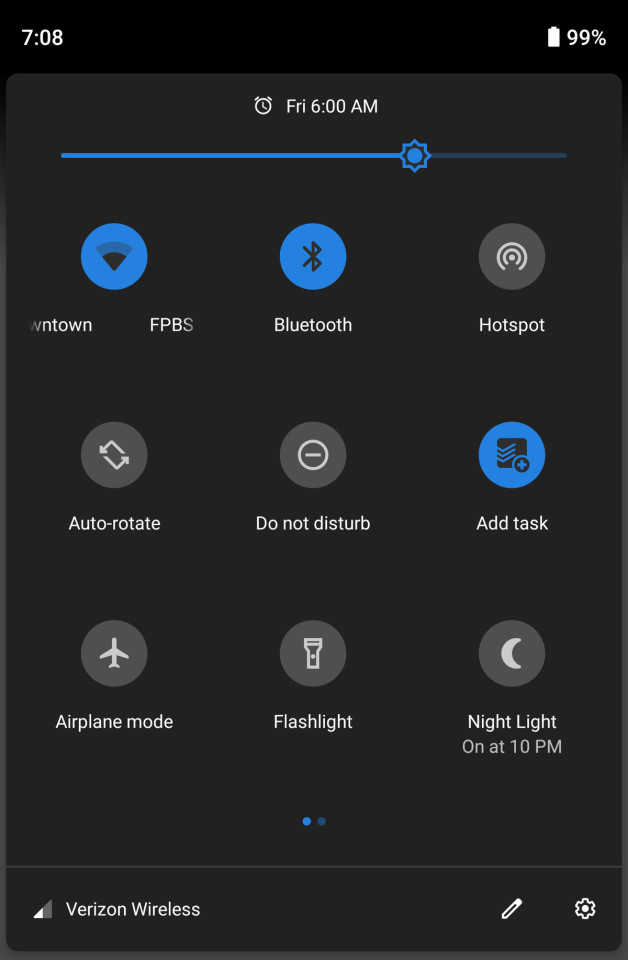
Back to polarizing changes, though: the status bar has been rearranged to better accommodate phones with notches (which apparently is going to be damn near all of them not made by Samsung). The time has been shifted over to the left of the screen and the little notification icons that appear over there are capped at four, whether you have a notch or not. It was a necessary step given the hardware trend, but I’m hoping that eventually, manufacturers will be able to report how much space their notch is taking up so Android can display more icons if there’s space for them. Google has changed the volume button behavior a bit — they only adjust media volume now with a little on-screen pop-up that lets you toggle your ringer between vibrate, silent, and on. It’s more predictable, and I think most people will prefer this behavior, but I’m an old person who actually adjusts ringer volume a lot, so it’s less convenient for me. ANDROID 9 PIE IS DESIGNED FOR NOTCHES, WHETHER YOUR PHONE HAS ONE OR NOT The other little pop-up on the right side is the power menu, with options for restarting and taking a screenshot. I recommend hunting down the “lockdown option” in settings, which adds another button to that menu. Tap it, and your phone will require a passcode instead of letting biometrics unlock the phone. Honestly, that button should have been set to “on” by default.

I’m not sure what took so long, but Android finally has a magnifier when you’re trying to move the cursor when selecting text. Another “finally” is a screenshot markup. When you take a screenshot now, you’ll have an option to crop it and draw on it before saving or sharing. Last but not least, if you’re the sort of person who leaves rotation lock on, Google will pop up a little button when you turn the phone to temporarily let you put it in landscape mode. Something about big phones has always caused them to be too aggressive at rotating the screen for me, so it’s a nice feature. It can be annoying, though: most of the time you want to go 90 (ahem) to watch the video, and video by default hides the main navigation buttons. It’s a few extra taps to get back to the portrait.
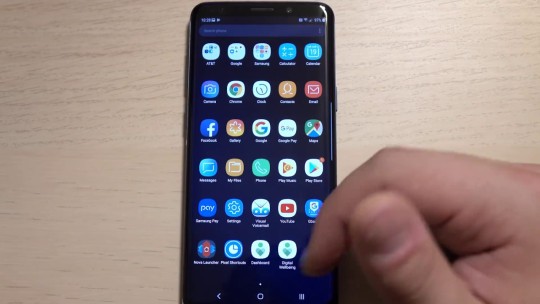
In my initial look at Android 9 Pie, I called it Google’s “most ambitious update in years.” I still think that’s true, but unfortunately, right now, Android doesn’t quite reach those ambitions. There are two key features that aren’t shipping until later this fall: the so-called “Digital Wellbeing” dashboard and a feature called Slices. Digital Wellbeing is available as a beta, and I’ll wait until it’s official to review it. But even in beta, it’s useful. You can see how much time you’re spending in apps, set limits, and turn on a great feature called “Wind down,” which toggles on Do Not Disturb and sets the screen to monochrome. Honestly, I wish there was a way to turn on Monochrome more easily anytime.
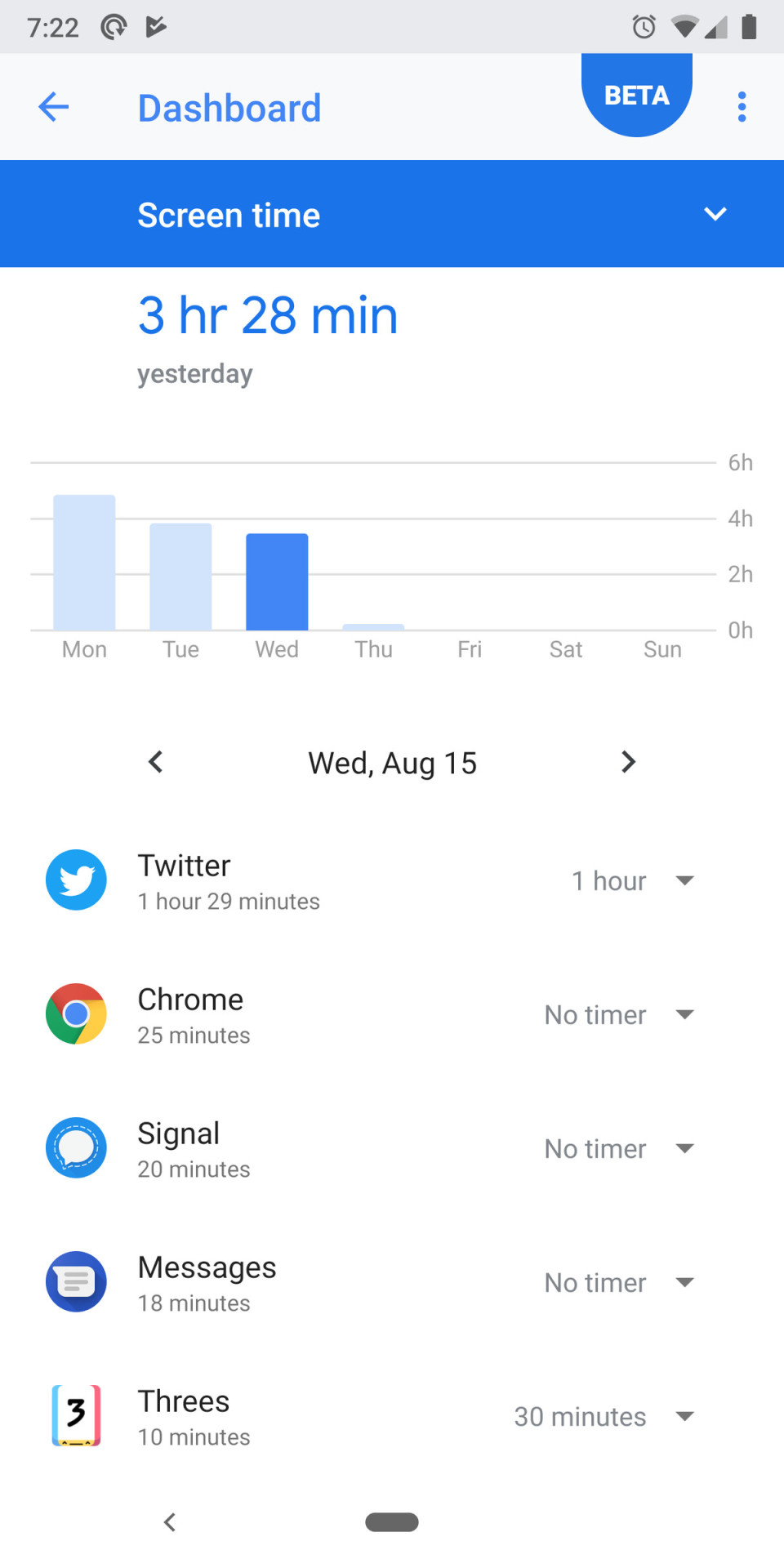
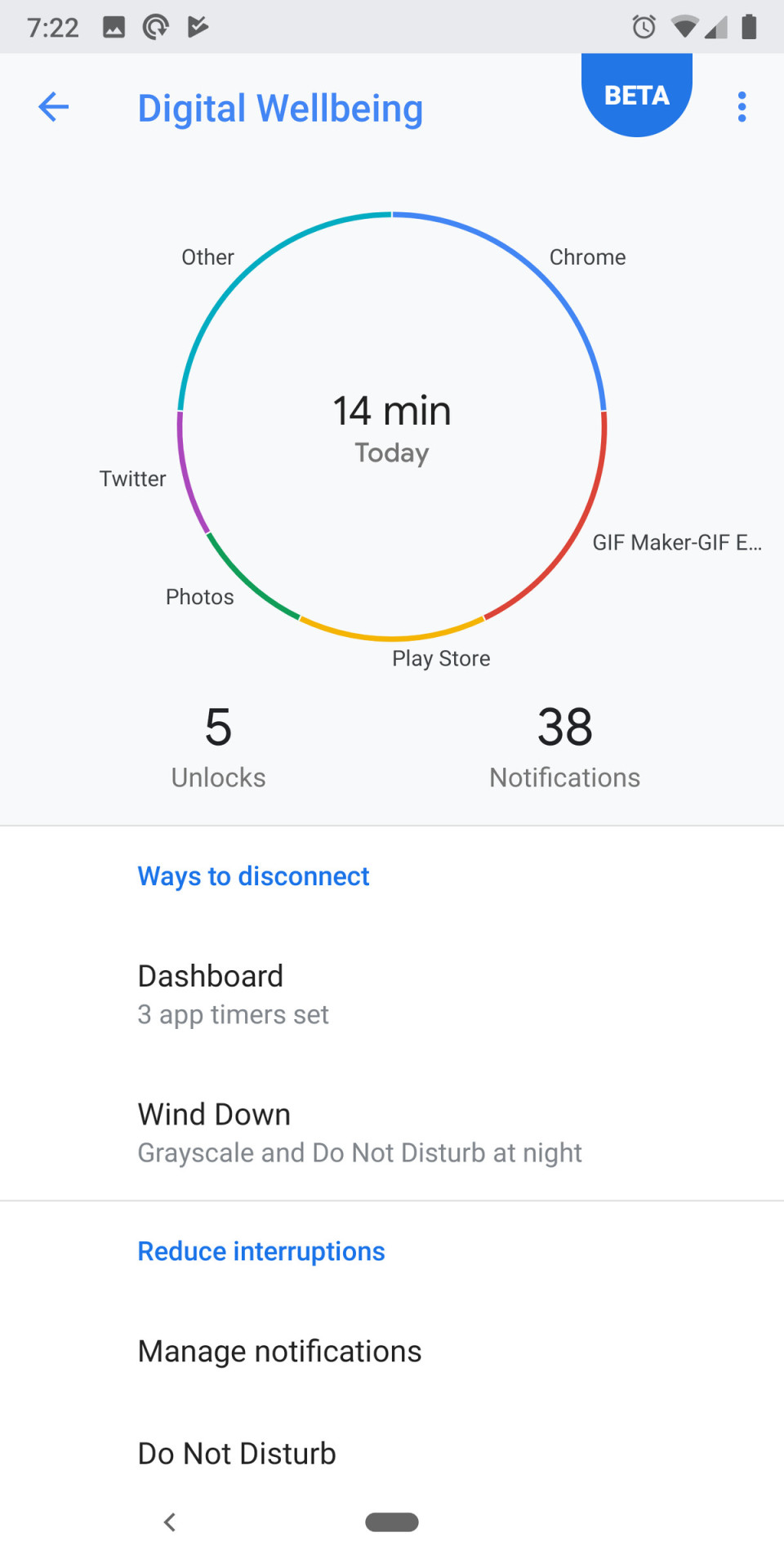
Do Not Disturb, by the way, has changed a little. It’s much more aggressive at hiding notifications by default, down to not letting you see them at all unless you mess with the settings or turn DND off. The default is a little overbearing for my tastes, and I wish there was a better middle ground. Slices are part of Google’s initiative to bring more AI and machine learning to Android’s interface. The idea is that the functions of an app can be “deconstructed” and spread out to other parts of the OS. So when you search for a thing you want to do, an app can show its own interface or button directly in the search results. The commonly cited example is hailing a car. We’ll test it in the fall when it becomes available. GOOGLE’S AI-BASED SUGGESTIONS ARE OFTEN EXACTLY WHAT YOU WANT TO DO NEXT But there are other AI elements to Android that are available right now. Both battery life and screen brightness are automatically handled by machine learning that adjusts settings based on your usage. I can’t really say how effective either are with any level of confidence, but anecdotally I do think I’ve been messing with screen brightness less often. AI also determines which icons appear at the bottom of the Overview screen, and it’s crazy good — the app I want to open next is there at least half the time. Finally, there’s “Actions,” a feature that complements Slices and is available now. Where Slices will show buttons for app actions when you actively search for something, Actions puts those buttons directly in your app drawer. As with those icons in the Overview screen, Android tries to guess what you might want to do, only here it’s a button that deep links into a part of the app. It might be sending a text or opening the podcasts app before you start your commute. They seem fine, but I’m not in the main app drawer often enough to make heavy use of them.
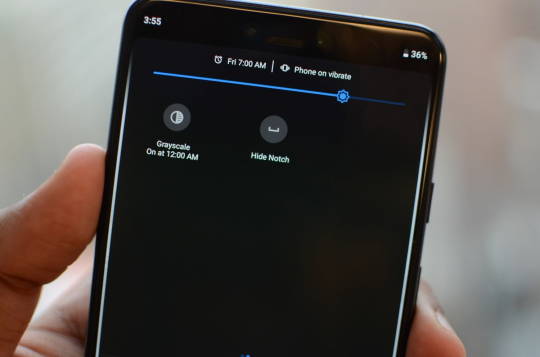
Android 9 Pie is a great update, and I wouldn’t want to go back. I love that it’s chock-full of ideas about how an operating system can be smarter, even though some of them (pardon the inevitable pun) don’t feel quite fully baked. I see a few trends beginning to come to fruition here. Through battery management and notification changes, Google is continuing its efforts to corral an ecosystem of bad-acting apps through a better-managed OS. The other big trend is one I’ve been talking about for a couple of years now: moving toward making AI the new UI. ANDROID 9 PIE IS FULL OF NEW IDEAS OF HOW AN OS CAN BE SMARTER Two years ago at the Code conference, CEO Sundar Pichai told Walt Mossberg that Google intended to be more “opinionated” about its own phones, and the Googlification of Android on Pixel phones is stronger than ever now. The heavy emphasis on the Overview screen, Actions, and (eventually) Slices are all examples of Google trying to use its own AI chops to surface what you need instead of making you hunt through home screen folders and apps. It’s been fascinating to compare Google’s strategy to Apple’s with iOS 12 — and will continue to be. Of course, if we’re bringing up iOS, we have to circle back to where we started: updates. Apple still trounces Android when it comes to getting phones updated to the latest OS. Last year, Google built the Treble infrastructure to make it easier for companies to push out these big OS updates faster. This year, I’d like to see more companies take advantage of it. Android users have more reason to hope than we have in a long time; the Essential Phone was the first non-Google phone I can remember that got an update the same day as Pixel phones. But that’s just one phone out of hundreds (or more). As happy as I am with all the individual features in Android 9 Pie, I’ll be even happier if the Android ecosystem gets its act together and releases it. Read the full article
0 notes